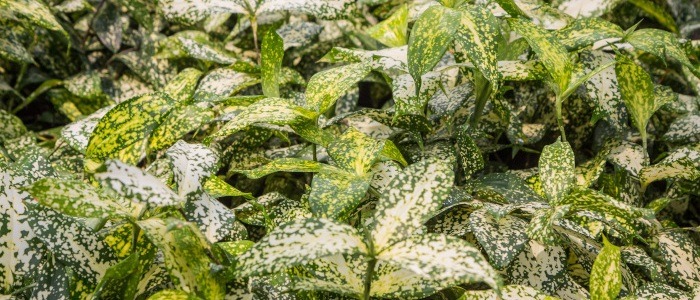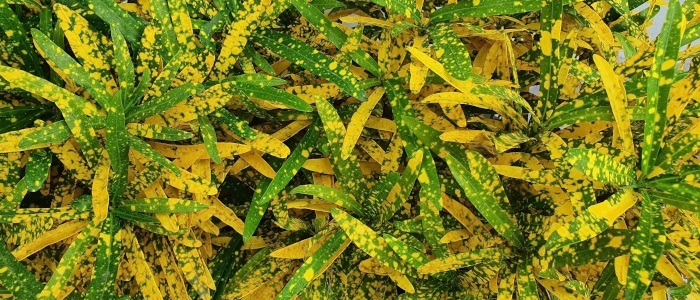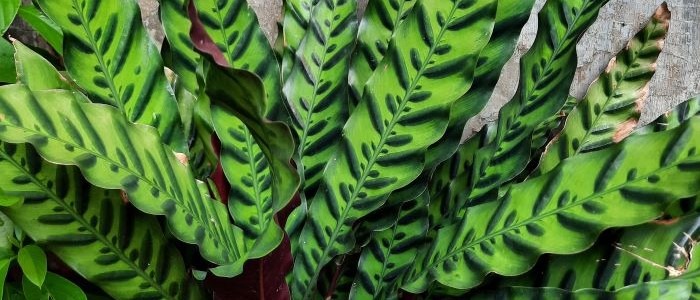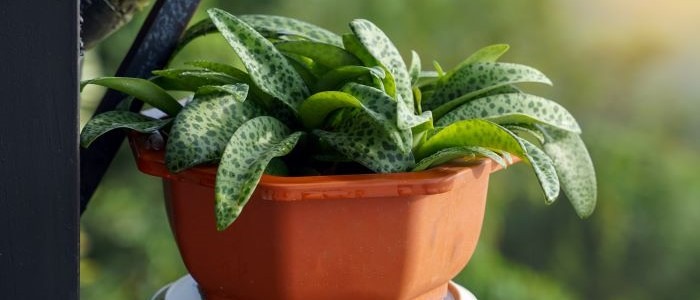Welcome to the world of the spotted begonia plant! This beautiful, low-maintenance plant is a great addition to any home or garden. With its unique spots and bright colors, it’s sure to make a statement in your space. Whether you’re looking for a new project or simply want to add some greenery to your home, caring for a spotted begonia is both rewarding and enjoyable.
This article will cover all the basics of growing and caring for your new spotted begonia plant! We’ll provide tips on watering, light exposure, temperature requirements, pest control, and much more. So let’s get started—it
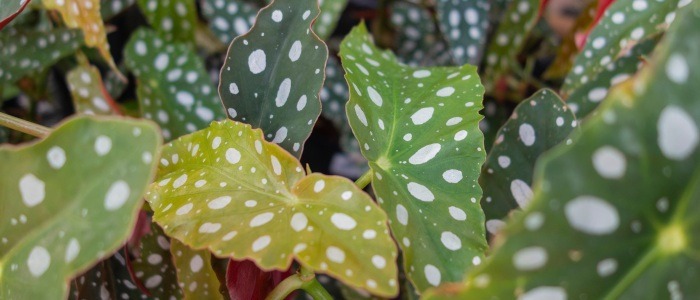
Spotted Begonia Plant Frequently Asked Questions
Can the spotted begonia plant tolerate temperature changes?
Yes, the spotted begonia plant can tolerate some temperature changes, but it prefers a consistent temperature between 60-75°F. Avoid placing the plant near drafty windows or doors, as this can cause temperature fluctuations that can harm the plant. Additionally, make sure to keep the plant away from any heating or cooling vents, as this can also cause stress to the plant.
Why is my spotted begonia dropping leaves?
There are several reasons why a spotted begonia plant may drop its leaves. One common cause is overwatering, which can lead to root rot and cause the plant to shed its leaves. On the other hand, underwatering can also cause the plant to drop its leaves, as it can become stressed and unable to retain moisture. Additionally, the plant may be experiencing a pest infestation or disease, which can cause leaf loss
Spotted Begonia Plant Care Tips
Caring for a spotted begonia plant can be very rewarding, but knowing the best tips and tricks for keeping them healthy and happy is important! Here are some helpful tips on how to take care of your spotted begonia plants:
1. Watering – Spotted begonias need to be watered regularly, and it’s best to water them from the bottom, letting them soak in a saucer of water for 10-15 minutes. This will ensure that all their roots are evenly hydrated. However, make sure they don’t stay in the water too long as this can lead to root rot.
2. Sunlight – Spotted begonias need some bright, indirect sunlight to stay healthy and bloom. But be careful not to keep them in direct sunlight for too long, as this can cause the leaves to burn.
3. Fertilizer – Spotted begonias need regular fertilizer throughout their growing season (spring through fall). Applying a balanced fertilizer every two weeks is a good way to keep them healthy and ensure they bloom.
4. Pruning – Pruning your spotted begonia regularly will help it stay bushy and full. Cut away any dead or yellowing leaves, and trim back the stems that are getting too long. This will also help promote healthier growth overall.
Following these tips will help ensure that your spotted begonia stays healthy and blooms beautifully. With a little bit of love and attention, you can have a happy, thriving plant in no time!
Propagation of the Spotted Begonia Plant
When it comes to spotted begonia plant propagation, you have several options available. Depending on your preferences and goals, you could try stem cuttings, division of existing plants or even leaf cuttings. Each method has its own advantages and drawbacks so let’s take a look at them in more detail.
Stem cuttings are a great way to propagate spotted begonia plants. You can take stem cuttings from existing plants and simply stick them into moist soil in small pots or cells. Make sure that the soil is kept lightly moist but not soggy, otherwise, the cutting might rot!
It’s best to use a potting mix specifically designed for begonias or you can make your own using equal parts peat, perlite and vermiculite. Stem cuttings take longer to root than other methods but with patience, they should do so in a few weeks’ time.
Plant division is another way of propagating spotted begonia plants. Simply dig up the entire plant and then use a sharp knife to divide it into several sections. Make sure each section has some roots attached, otherwise, they won’t be able to survive.
Once they have been separated, you can replant them in individual pots or cells at the same depth as before. This method of propagation is much faster than stem cuttings and usually takes only a few weeks to take root.
Finally, leaf cuttings are another option for spotted begonia plant propagation. To do this, you will need to select healthy leaves from an existing plant and then snip them off at the base. Place the leaves onto a tray filled with moist potting mix and keep the environment lightly humid until they have taken root. In just a few weeks, you should start to see new growth emerging from the leaves.
No matter which method of propagation you choose, it’s important to remember that spotted begonias need plenty of light and humidity in order to thrive. Keep them in a bright spot and provide regular misting with lukewarm water to help add warmth. Give your plants all the TLC they need and you’ll soon be rewarded with a lush and vibrant display of colour!!
Tips for Pruning the Spotted Begonia Plant
Pruning a spotted begonia plant is an important step in keeping it healthy and attractive. This beautiful and popular houseplant can really thrive with the right care, so if you’re already enjoying one in your home or garden, here are some helpful tips for pruning it properly.
First of all, it’s important to know how often to prune your spotted begonia. Generally, it’s best to do it every six months or so, although you can trim more frequently if the plant is growing quickly. When pruning, be sure to remove any dead flowers and browned leaves as these can affect the overall health of the plant.
When pruning the spotted begonia, you’ll want to use small, sharp scissors or shears so that you don’t damage the stems. Start by lightly trimming away any stems that are crossing over one another and any that have become too long or leggy. You can also remove parts of a stem if the plant is looking crowded, or to induce branching.
When pruning your spotted begonia, it’s important to leave enough foliage on the stem so that the plant can still photosynthesize and be healthy. You should also avoid cutting too close to the base of a stem since this could damage its root system.
Lastly, you can use the stems that you’ve trimmed to start new begonia plants. Simply take a few of the cuttings and place them in water or directly into moist potting soil. With the right care, they should root and become a brand-new spotted begonia plant!
Problems Associated with the Spotted Begonia Plant
Everyone loves having plants in their home – they add color, life and vitality to any room! One of the most popular and beloved houseplants is the Spotted Begonia Plant. While these plants are beautiful and can be relatively easy to care for, there are a few common problems that you should be aware of before purchasing or caring for one.
The first common problem associated with the Spotted Begonia Plant is that they are prone to pest infestations. These plants are particularly susceptible to aphids, mealy bugs, and mites which can cause damage to the foliage and overall health of the plant if left unchecked. It’s important to inspect your begonia regularly and take action if you see signs of an infestation.
Another common issue with the Spotted Begonia Plant is that they are prone to leaf spot disease, which can lead to the leaves turning yellow or brown and eventually dropping off. In order to prevent this from occurring, it’s important to keep the plant in a well-ventilated area and water only when the soil is dry.
Finally, the Spotted Begonia Plant can be sensitive to changes in light which can cause the foliage to bleach or burn if exposed to too much sun. To avoid this, it’s best to keep your begonia in a filtered light location such as near a north or east-facing window.
Overall, with proper care and attention, the Spotted Begonia Plant can be a wonderful addition to your home!
Just make sure to watch out for pest infestations, leaf spot diseases and changes in light exposure so that you can keep your plant healthy and beautiful.
Conclusion
Caring for the spotted begonia plant is a relatively easy task that will bring lots of happiness to your home or garden. By following these steps, you should have no problem keeping this beautiful flowering plant healthy and vibrant. Be sure to provide it with enough light and water, and keep its soil moist but not soggy. Additionally, take care to prune it regularly and maintain a controlled temperature.
Taking these simple steps will ensure that your spotted begonia remains healthy and looks its best, giving you plenty of enjoyment for years to come. With its distinctive spotted foliage, this plant adds a special touch to any garden or home. Whether you’re looking for a pop of color or just want a low maintenance houseplant, the spotted begonia is sure to bring you joy.
Other Spotted Houseplants
